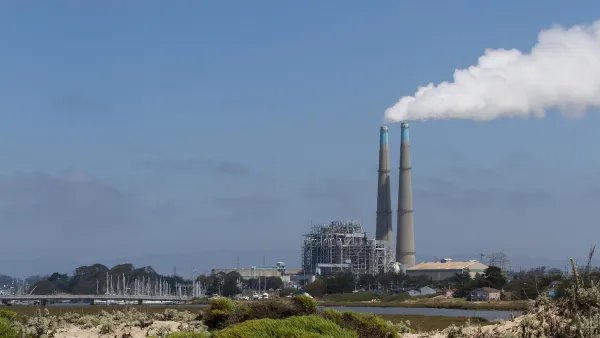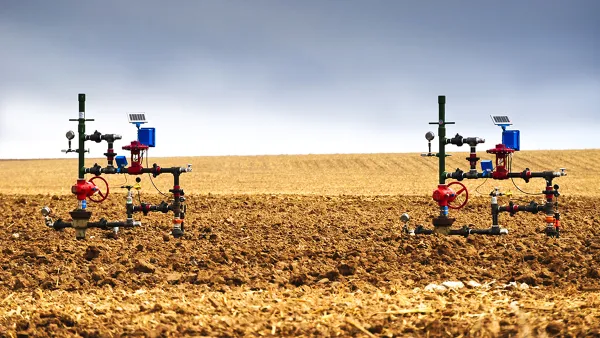Emissions of CO2 in the U.S. have fallen almost 13 percent since 2007 - "perhaps the biggest decline among industrial countries." Rather than the result of an enlightened policy shift, the drop has resulted from market forces, says Eduardo Porter.
"Who would have thought the United States would one day be a leader in cutting greenhouse gas emissions?" asks Porter. "Yet when President Obama talked about the nation’s energy revolution during his last month, he could have boasted that American emissions of CO2 had fallen almost 13 percent since 2007. It was perhaps the biggest decline among industrial countries, and substantially steeper than in Europe, which has been much more committed to combating climate change."
"Carbon emissions from the United States have never fallen this much," he adds, "not after the first oil price shock following the Arab oil embargo of 1973, nor after the Iranian revolution of 1979, when American drivers suddenly discovered the virtues of Japanese small cars and President Jimmy Carter installed solar panels on the White House to heat the water."
"What stands out most in this shift, however, is not environmental regulation or public concern about global warming but the price of energy and market-driven technological advancements. 'It wasn’t so much a policy shift that brought carbon emissions down,' said James Hamilton, an energy economist at the University of California, San Diego. 'It was irresistible market forces.'”
The shift from coal to gas-powered generators has been a major cause of the decline. But is the shift, which was largely due to the falling price of gas, sustainable? And, as coal use has grown at a rate "10 times that of renewables" since 2000, can other countries follow America's accidental lead in reducing emissions?
FULL STORY: A Model for Reducing Emissions

Analysis: Cybertruck Fatality Rate Far Exceeds That of Ford Pinto
The Tesla Cybertruck was recalled seven times last year.

National Parks Layoffs Will Cause Communities to Lose Billions
Thousands of essential park workers were laid off this week, just before the busy spring break season.

Retro-silient?: America’s First “Eco-burb,” The Woodlands Turns 50
A master-planned community north of Houston offers lessons on green infrastructure and resilient design, but falls short of its founder’s lofty affordability and walkability goals.

Test News Post 1
This is a summary

Analysis: Cybertruck Fatality Rate Far Exceeds That of Ford Pinto
The Tesla Cybertruck was recalled seven times last year.

Test News Headline 46
Test for the image on the front page.
Urban Design for Planners 1: Software Tools
This six-course series explores essential urban design concepts using open source software and equips planners with the tools they need to participate fully in the urban design process.
Planning for Universal Design
Learn the tools for implementing Universal Design in planning regulations.
EMC Planning Group, Inc.
Planetizen
Planetizen
Mpact (formerly Rail~Volution)
Great Falls Development Authority, Inc.
HUDs Office of Policy Development and Research
NYU Wagner Graduate School of Public Service



























